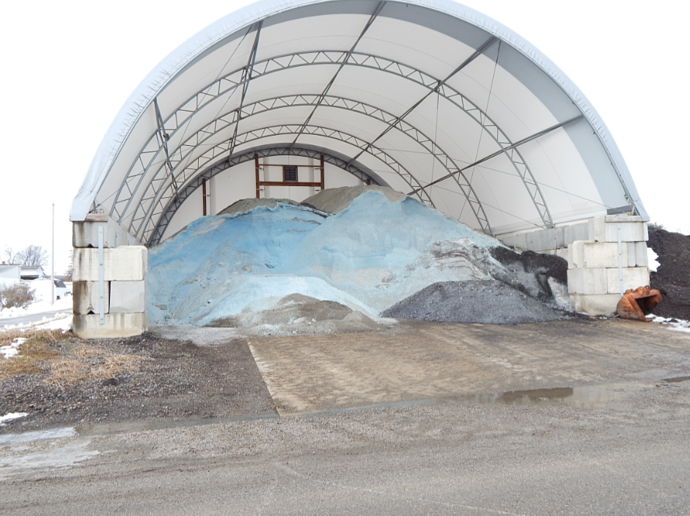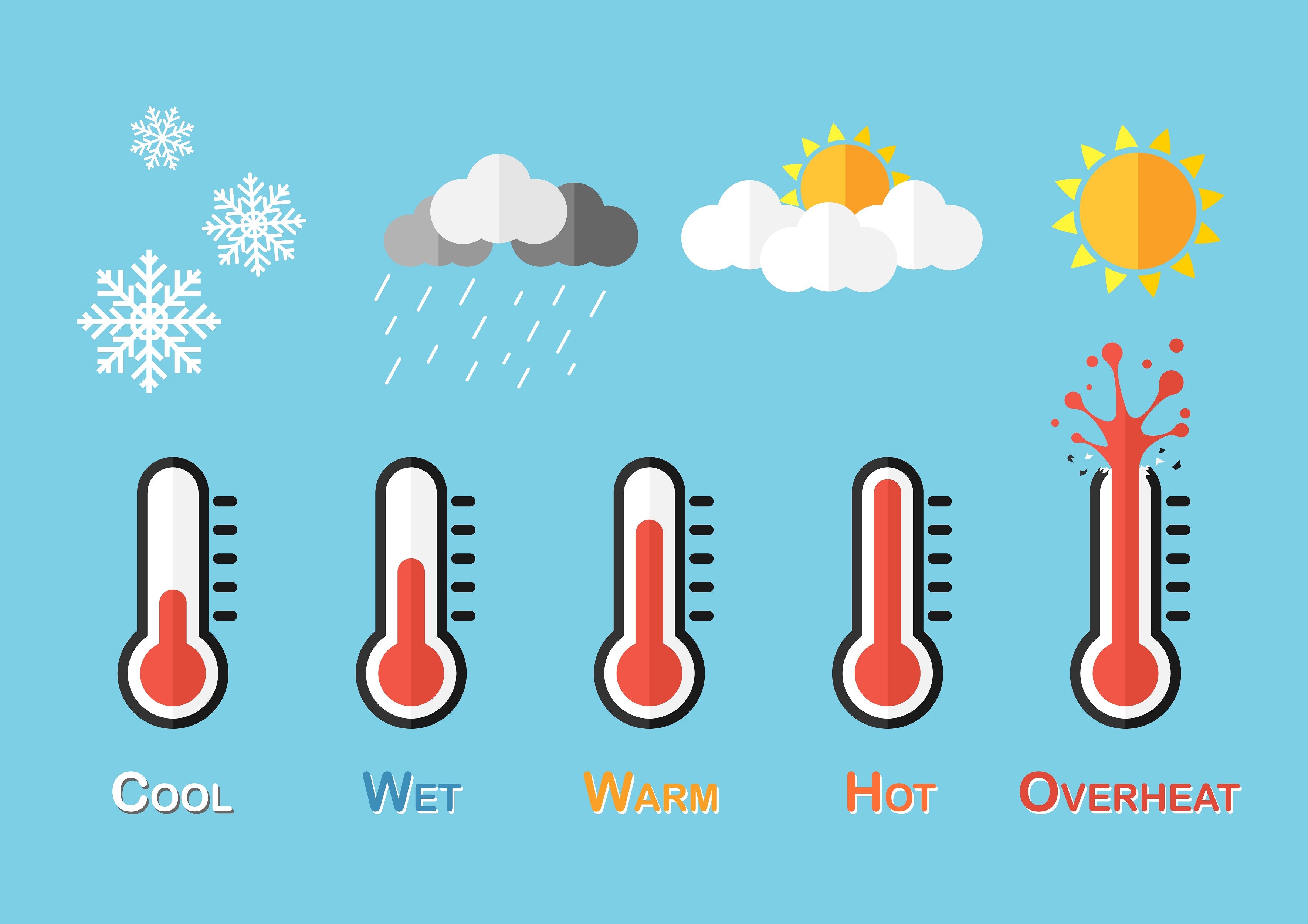
Road salt has been an essential component to snow removal for the past 50 years. It works by lowering the freezing point of water so that ice can be more easily scraped off surfaces. Traditionally, salt has been an inexpensive and effective method for clearing large surfaces, including the nation’s highways. A Marquette University study revealed that road salt reduced collisions by 88% and injuries by 85%. Nowadays, 17 million tons of salt is applied to roadways each year.
Increased Demand and Higher Costs
Salt shortages over the past few years have hindered the work of snow removal professionals. Last year’s shortage was caused by the particularly onerous winter and unrelenting snowfall, which put high demands on the mines that produce the salt. Salt mines can churn out 3000 tons of salt a day; however, back-to-back snowstorms made it impossible to keep up with demand. Coupled with treacherous road conditions that made delivery problematic, this caused delayed supply in many snow-stricken locations. By January 2015, prices had skyrocketed, with municipalities seeing an increase in the per-ton price from $65 to over $100, while private companies were forced to shell out as much as $150 a ton.
Innovative Salt Alternatives
Snow removal professionals have had to be creative and find alternate substances to mix with the dwindling supply of salt. Cities in snowy locales have relied upon the commonly used sand substitute, along with some innovative ingredients like liquid cheese brine and a concoction made of beet juice. Other substances tried by municipalities include molasses and volcanic rock. Xianming Shi, a professor at Washington State University, has developed a salt substitute made of leftover barley residue from vodka distilleries.
Spotlight on the Harmful Effects of Road Salt
Salt shortages and the influx of salt substitutes have put a greater focus on the deleterious effects of road salt on the environment. The chloride component is toxic to aquatic life, wildlife, and vegetation, and it cannot be broken down, metabolized, or in any way removed from the environment. Studies have shown that chloride levels have continued to rise with the regular use of road salt.
Repeated use of salt is also corrosive to the undercarriage of vehicles. Over time, if it is not rinsed away, it will cause damage to the exhaust and muffler systems as well as the coil springs and frame.
Less Salt, Less Harm
The search for salt alternatives brought on by the shortage has uncovered some innovative engineering ideas for how snow removal professionals can get by with less salt. Professor Shi has researched advances like the “smart snowplow,” which measure road temperatures and the amount of residual salt from previous applications, as well as the amount of friction on the road and the presence of ice. Snowplow operators who have this data are then able to reduce the amount of salt used in each application.
If last year’s record snowfall is any indication, there is a likelihood of diminished supply this year as well. Salt cannot easily be stored as it must be kept inside. Over time, stored salt begins to solidify and thus becomes difficult to handle. For this reason, we may be looking at another salt shortage for the 2015-2016 season.
If salt remains in limited supply, facility managers will need to think of other alternatives for keeping walkways around buildings clear. Regardless the approach, it’s a good idea to come up with a Plan B to salt should another shortage hit.


